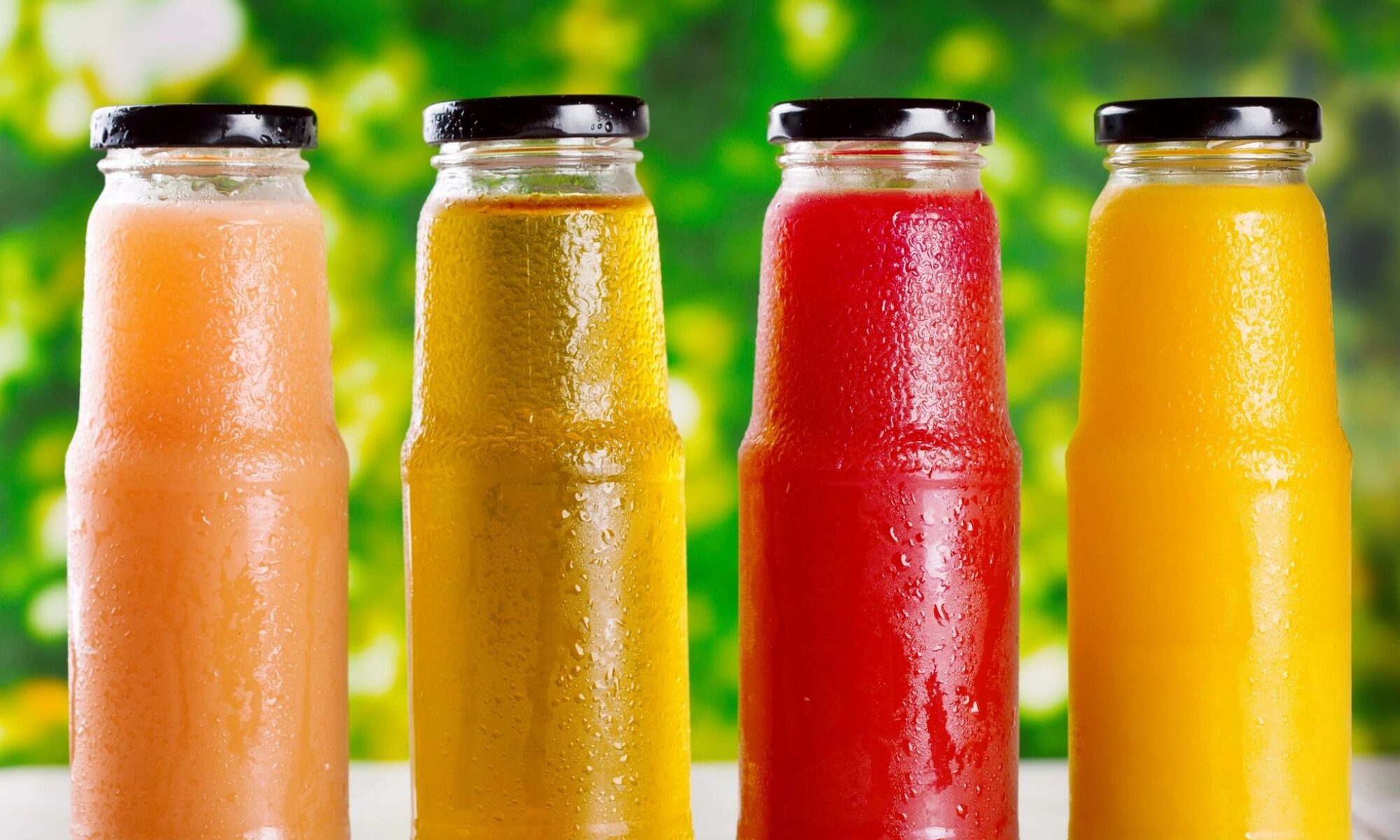
New technologies are changing the game of selling to prospects, even though the basics remain the same. What’s been most influenced by technology is the speed of the entire process and the availability of prospect information. However, a salesperson still needs to be smart, insightful, and most of all persistent, if they want to close deals and make sales.
Getting the prospects to say yes can be a tricky business in any industry, including the Food and Beverage industry. How do we use new technology to get buyers to say yes, and do persistence and following up play a role in the process? The short answer, at least to the latter question, is “yes.” Let’s have a closer look at the mechanics of the sales process and how persistence can pay off.
Preliminary Research of the Prospect
When it comes to technology changing sales, it’s perhaps easiest to see on the example of preliminary research and first contact with the prospect. Where before salespeople only got prospect reports a few times per month and had to dance around the gatekeepers to get in touch with the prospect, now everything is readily available. Whether they’re in B2B or B2C sales, it has never been easier to find the necessary information about the opportunities and contact them.
However, nowadays the gatekeeper is a little different — it’s not a person, but our way of life. Noise, inbox clutter, and an infinite number of salespeople vying for the attention of the same prospects are what creates the wall guarding the decision makers. To break through all that, a salesperson has to be persistent.
Persistence or Harassment?
We’ve all been on the receiving end of a salesperson’s constant attempts to get our business. The problem of sales in any industry and any nature of sales is the one of persistence — when is the time to call it quits? Are their efforts being seen as harassment? When can they officially give up on a potential prospect, even though they could help the business?
Nowadays, when everyone is busy and facing a barrage of content and propositions in the online arena propelled their way, it has become more necessary to keep following up. Especially when written communication is the primary medium of sales, there’s a big chance that the potential buyer liked the offer, but didn’t have the time to respond right away.
The Role of Following Up
Nobody wants to bother their prospects, which is why following up with them on occasion is what most salespeople do. Instead of continually badgering them through all channels, sales efforts are focused more on being helpful and there for the potential buyer at every step of the way. More often than not, that includes leading them through their buyer’s journey and reminding them of where they’re at through followup.
An essential part of effectively following up is choosing the right channels to do that through. A lot of people prefer email, but using it has a downside — emails are easy to ignore. On the other hand, sending a follow-up email gives the prospect time to consider the offer.
Despite the prevalence of new technologies and mediums of communication, sometimes the phone call is the best solution. Alternatively, a combination of phone and email can help salespeople establish themselves as trusted contacts for the prospect sooner.
Getting the Buyer to Say Yes
The art of following up and getting the buyer to say yes is not only about persistence. It’s also about making it easy for them to say yes. Whether that’s by giving them a great offer (often heavily discounted) or taking out all the consideration and evaluation out of the process, a salesperson can affect the prospect’s buyer’s journey in ways most buyers aren’t even aware.
Another aspect of getting the buyer to say yes is making the entire process about them, rather than what the salesperson is trying to sell. It won’t do them any good to start things off with a sales pitch over the phone or in the email inbox. Sales nowadays are more about what the product can do for the buyer than selling the product itself because “it’s great.” Salespeople understand that the product is only significant for a certain kind of people — and that is where they focus their efforts.
Target Audience Research and Importance
For a salesperson, there’s nothing more business-damaging than not knowing the people that the product they’re selling is supposed to cater to. It is a general principle, both for B2B and B2C sales. When you know the target audience, you know what their pain points are. You know which problems to address — those solved by what you’re selling — and what struggles to emphasize to get the right people interested.
If you wanted to sell an expensive car with 20% off, there would be two approaches to the sale. You might approach a person randomly on the street and make them an offer, perhaps only to find out that they get around by bicycle because they can’t afford anything else with their salary. Or, you could offer it to a friend of yours, who you know is well-off and also looking to buy a car since his old one broke down. In the first case, you’re never going to make the sale; in the second case, you might.
Knowing the target audience inside and out makes that kind of a difference in sales. Technology has affected the efficiency of sales by making it possible for a salesperson to get to know their target prospects much more quickly and with more accuracy. Once salespeople understand what their prospects want, it’s easy to give it to them.
Key Takeaways for the Food and Beverage Industry
Getting a prospect to say yes requires a deal of persistence, but you also need to know what they want that you can provide. For example, if you’re catering to Millennials, you’ll need healthy and sustainable dishes on your menu, and beautiful, unique drinks in your offer. And when it comes to dealing with business prospects, remember to be persistent and follow up at least a few times before you give up on them, unless you get a definite “no” early on.
Fresh industry insights can elevate your Food and Beverage business to new levels, but knowing the basics is what will set you on the right path. So follow the trends of the industry, but stay aware of what you need to do to be successful sales-wise.
